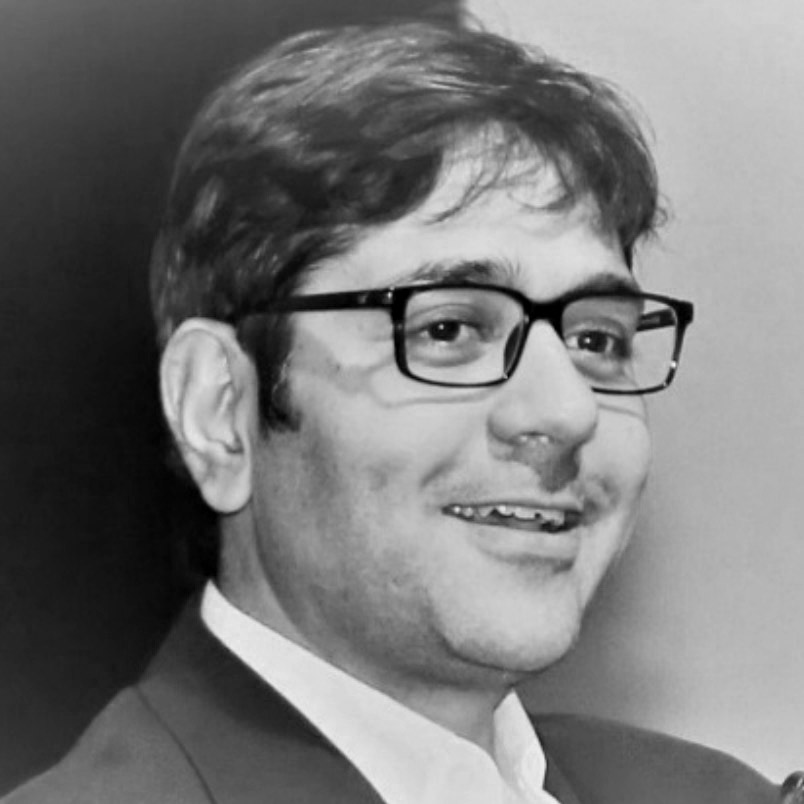“Why don’t you go to this leadership programme? It will broaden your perspective. You might learn something new and meet new people.” Whether you are a CEO or a mid-level professional, chances are that a board member, an investor, a boss or HR has told you this, at some point.
Now replace the words ‘leadership programme’ with the name of a tourist destination. It fits in seamlessly, doesn’t it? Unfortunately, the effectiveness of many leadership development programmes is measured by asking the same questions we ask about tourist destinations: “Did you like it?” or “Would you recommend it?”, rather than “What business & impact results did it produce?” These programmes are not without their own merits. They facilitate sharing of knowledge, case studies, and help you connect with a peer group. But this approach also results in low outlays towards leadership development. As business and society, we leave enormous value on the table.
A study from Harvard Business School estimates that as much as 14 percent of the performance of a company is attributable to the CEO. In a study of nonprofits in India, 97 percent of the 203 nonprofit respondents said that leadership development is vital to their organisations’ success.
Yet, investment in leaders remains low. Data available for nonprofits in the US indicates a range of 0.7-1.24 percent of total grant dollars. This is 75 percent less than what the private sector invests, on a per employee basis. No clear benchmarks are available in the private sector, on how much should be invested. That’s not surprising. If we were measuring returns, we’d know if the investment is too much or too little. Thus, we’re left with a situation where leadership matters, but faith in leadership development is low.
Unlock value through a results-based approach
A fundamental change in approach can alter this scenario; that of bringing a focus on results and accountability towards outcomes into the business model of the leadership development industry. I like to call it, “Leadership By Results”.
This is analogous to results-based financing in the impact sector. It changed the focus from inputs and activity-based grant-making to outcomes-based funding. Elsewhere, the “Software as a Service” (SaaS) model shifted the structure from paying to own an asset, to paying for use for tangible outcomes in the business. Similarly, “Leadership By Results” can surge investments into leadership, and unlock a whole new set of results.

Leadership by results
So what is the “Leadership By Results” approach and how can investors and boards implement it? It is based on one fundamental shift that is then operationalised through five key principles.
1. Link leadership development programmes to key goals
Boards and investors with big audacious goals for the organisation must initiate leadership development programs that are anchored to enable the achievement of these.
Usually, in order to achieve these goals, investors, boards, and executive teams encourage the use of consultants with expertise in strategic problem solving and project management; technologists are brought in for digital transformation, and investment bankers’ help is sought in financial matters. Training and capacity building too is used to build skills and competencies, but usually for frontline and mid-levels. In all of this, leadership mindset as a lever, is neglected. This must change, as explained in the next point.
2. Enable mindset shifts
The second key recommendation for boards, investors, and decision-makers is to focus on underlying leadership mindsets at senior and mid-senior levels in investee and grantee organisations and provide relevant support to shift those mindsets.
The first step here is to systematically identify the mindsets that help and hinder the achievement of goals, and identify a clear target state of mindset. Research has identified four pairs of mindsets:
- Growth and fixed mindsets
- Learning and performance mindsets
- Deliberative and implemental mindsets
- Promotion and prevention mindsets.
There is skepticism about whether mindsets can shift, and that too sustainably.
However, there is skepticism about whether mindsets can shift, and that too sustainably. Fortunately research, and practice prove otherwise. The phenomenological-ontological process for shifting mindsets has been practiced and honed by practitioners like Werner Erhard. Research and legitimacy to the process was accorded by academics like Professor Michael Jensen at Harvard University. What sets this process apart is that rather than ‘leadership’ being the subject matter, the subject matter is the leader themself. It does not subject the participants to psychometric tools, leadership theories, and template-driven reflections. Instead, it lets them act as they do, and creates a safe space for them to start becoming self-aware of what is driving their behaviours.
Ownership for a shift is created from within, by anchoring it to the results that the leader most cares about. Tangible behaviour shifts are planned, implemented, supported, and reviewed over several months. Shifts are evidenced through actions and tangible results, and all this is consciously anchored in the context of the organisational goals.
3. Ensure a collective, longer-term journey and not a one-time event
Since achievement of organisational goals requires top team members to work together, it is ideal that the leadership programme be a custom programme and a journey together for the entire top team.
4. Ensure holistic support
Since mindsets pervade across contexts, the support to the leader needs to be holistic. In other words, work on the mindset shift may have to also be focused on areas of the leader’s life that are outside the company.
For instance, to shift an alpha sales head from ‘individualistic and untrusting’ to ‘trusting and collaborative’, the key may lie in having them look at their relationships outside work. Experiences and interactions in the past may have left imprints that pervade across their relationships. The programme must create a safe space and permission to go there, and enable healing and reconstruction. Yet another organisation collaboration through cross functional teams case study from Google, may not cut it.
5. Use hurdle rate of return and measure
To infuse accountability and results in orientation, the programme truly needs to be run as an investment. There needs to be an agreement upfront on how returns will be measured. This includes agreement on how achievement of the organisational goals will be measured, and how it will be translated into financial and impact returns. The “Leadership by Results” approach advocates a rule of thumb: The incremental EBITDA potential over three to five years must be about six to eight times the total cost of the leadership programme.
The attribution challenge
Admittedly, there are challenges of attribution in this approach. Impact and business results are driven by multiple factors, many of which may not be directly attributable to the leader’s actions or the leadership development programme.
Hundreds of leaders and organisations have benefitted when the power of a mindset shift, has been deployed with a hard-nosed anchoring in business and impact goals.
However, similar challenges exist in results-based financing as well. For instance, change of the local district collector, or an unfortunate case of violence in a school in a neighbouring district can alter the outcomes of a Development Impact Bond that seeks to improve enrolment and educational outcomes of girls. With close coordination and communication between the leaders, the leadership programme owners and the sponsor, goals can account for changes in the external environment and other factors.
Hundreds of leaders and organisations have benefitted when the power of a mindset shift, has been deployed with a hard-nosed anchoring in business and impact goals. For instance, the USD 1.6 billion impact investor LeapFrog Investments is institutionalising such leadership support for its investee companies across Asia and Africa. They have secured the support of their partner Prudential Financial Inc. via a cornerstone investment of USD $1.5 million in a Talent Accelerator.
The call to action is clear
- Thoughtful investment into leaders of your portfolio, might be the key to unlocking the value of your financial support and strategic advice, so begin today
- As a first step, write down the three biggest challenges or audacious goals for your organisation or your investee.
- Drill down and arrive at the key leadership mindsets that need to shift.
- Determine the value of achieving it.
- Get a leadership coach or advisor, or someone that the leader respects.
- Foster self-awareness with respect to the leaders’ enabling and limiting mindsets, in a safe environment.
- Create ownership for visible shifts in behaviour. These must be materially linked to the achievement of the organisation’s goals. Allow and encourage the discussion to unpack other areas of the leader’s life—the ones that matter to the leader, and where the same limiting mindset is at play.
- Provide ongoing support in a safe space, and keep ploughing individually and collectively with the leaders. Measure results.
- Ensure that by design, not default, the return on investment into the initiative, is six to eight times in EBITDA terms of over three to five years.
- Learn from the failures and celebrate success in business and impact.
—
Know more
- Read this article to learn more about mindsets.
- Read an excerpt from a book chapter by the author on leadership and impact investment.
- Watch this video to know more about the ‘Leadership By Results’ approach and the results created.




